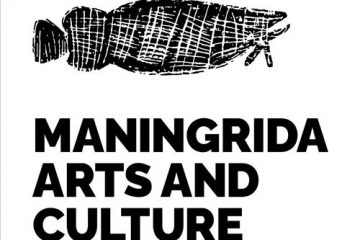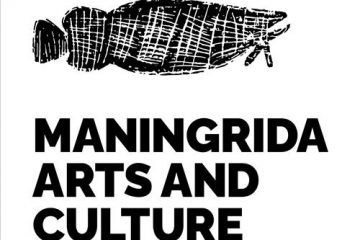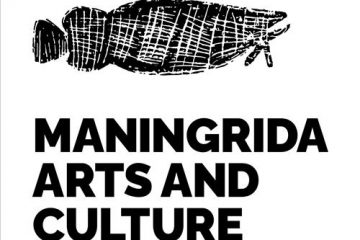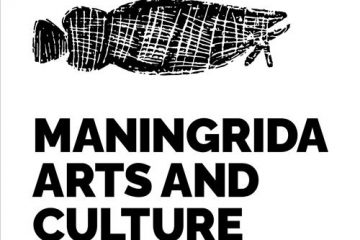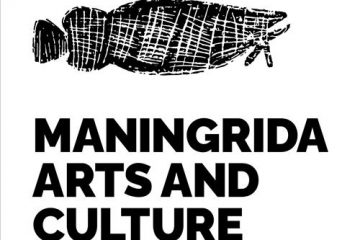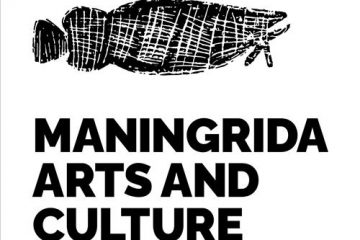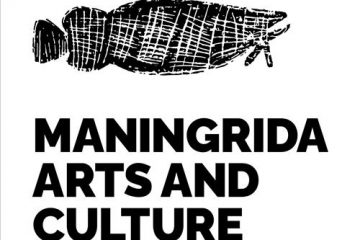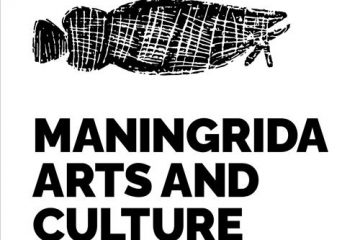Maningrida Arts & Culture
111982241864
Bark Painting Aboriginal bark paintings have a long cultural tradition, believed to extend back many thousands of years.In northern Australia, paintings on bark shelters in the Kimberley and Arnhem Land were stylistically similar to rock shelter paintings. The Aboriginal bark paintings were used to convey and illustrate stories which were Read more…


